Fortunately, in my case, Rorschach's answer worked perfectly. I was here looking to avoid the solution proposed by Megan Halbrook, which is the one I was using until I realized it is not a correct solution.
Adding a density line to the histogram automatically change the y axis to frequency density, not to percentage. The values of frequency density would be equivalent to percentages only if binwidth = 1.
Googling: To draw a histogram, first find the class width of each category. The area of the bar represents the frequency, so to find the height of the bar, divide frequency by the class width. This is called frequency density. https://www.bbc.co.uk/bitesize/guides/zc7sb82/revision/9
Below an example, where the left panel shows percentage and the right panel shows density for the y axis.
library(ggplot2)
library(gridExtra)
TABLE <- data.frame(vari = c(0,1,1,2,3,3,3,4,4,4,5,5,6,7,7,8))
## selected binwidth
bw <- 2
## plot using count
plot_count <- ggplot(TABLE, aes(x = vari)) +
geom_histogram(aes(y = ..count../sum(..count..)*100), binwidth = bw, col =1)
## plot using density
plot_density <- ggplot(TABLE, aes(x = vari)) +
geom_histogram(aes(y = ..density..), binwidth = bw, col = 1)
## visualize together
grid.arrange(ncol = 2, grobs = list(plot_count,plot_density))

## visualize the values
data_count <- ggplot_build(plot_count)
data_density <- ggplot_build(plot_density)
## using ..count../sum(..count..) the values of the y axis are the same as
## density * bindwidth * 100. This is because density shows the "frequency density".
data_count$data[[1]]$y == data_count$data[[1]]$density*bw * 100
## using ..density.. the values of the y axis are the "frequency densities".
data_density$data[[1]]$y == data_density$data[[1]]$density
## manually calculated percentage for each range of the histogram. Note
## geom_histogram use right-closed intervals.
min_range_of_intervals <- data_count$data[[1]]$xmin
for(i in min_range_of_intervals)
cat(paste("Values >",i,"and <=",i+bw,"involve a percent of",
sum(TABLE$vari>i & TABLE$vari<=(i+bw))/nrow(TABLE)*100),"\n")
# Values > -1 and <= 1 involve a percent of 18.75
# Values > 1 and <= 3 involve a percent of 25
# Values > 3 and <= 5 involve a percent of 31.25
# Values > 5 and <= 7 involve a percent of 18.75
# Values > 7 and <= 9 involve a percent of 6.25






